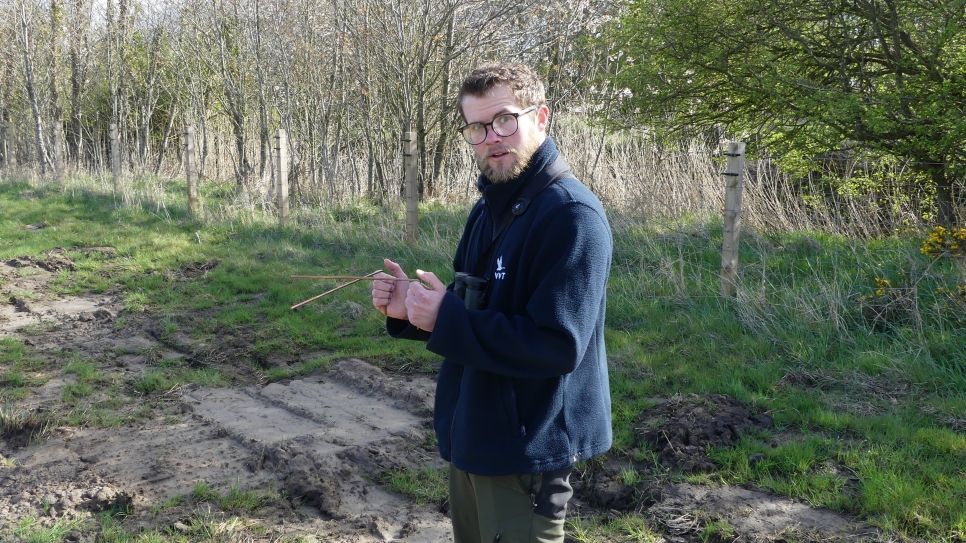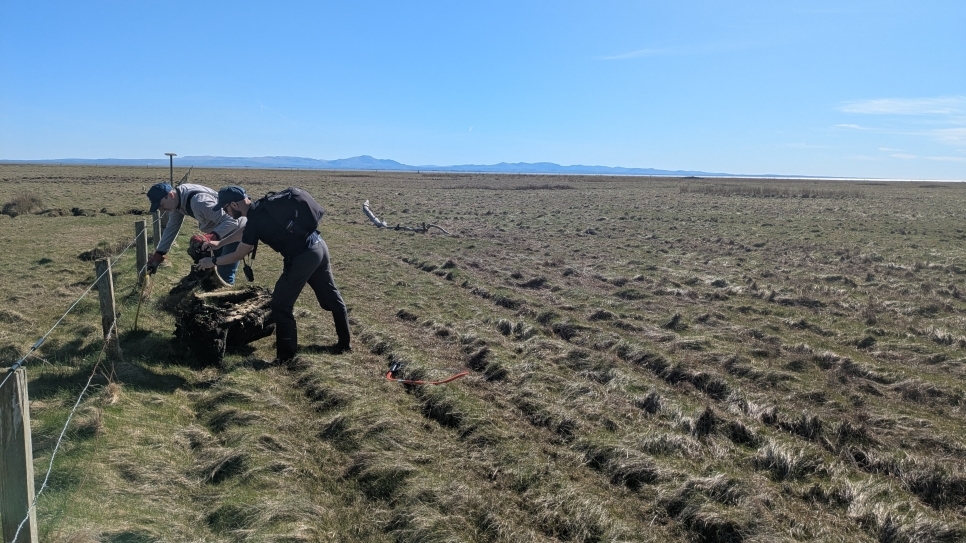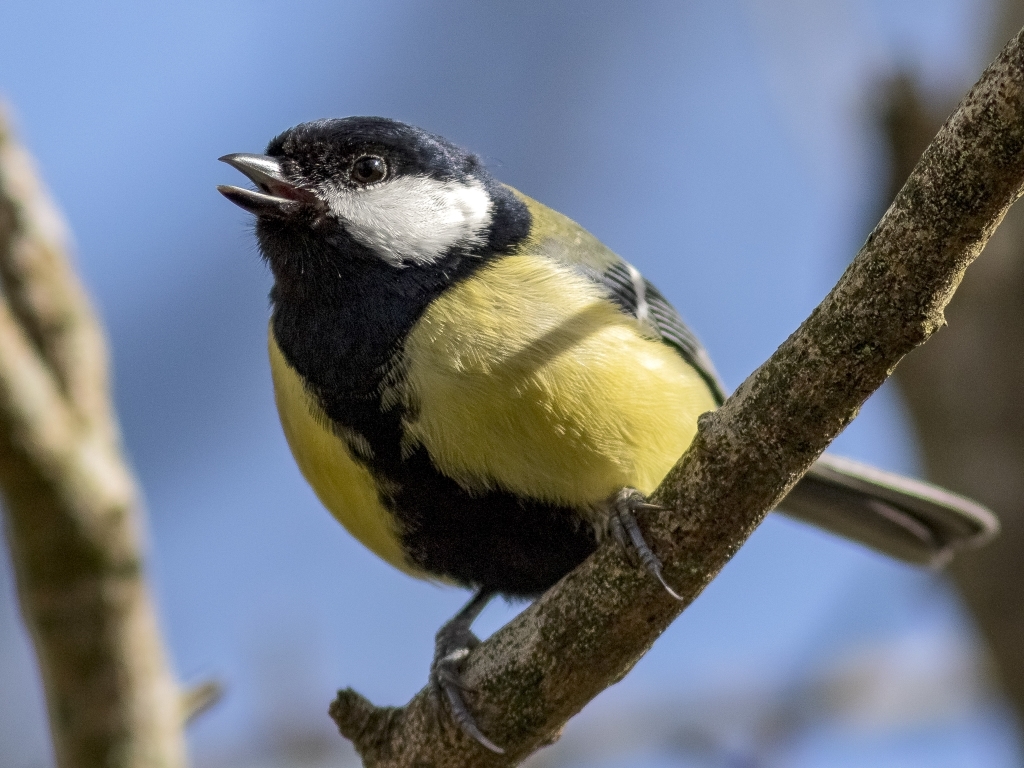Record Breaking Barnie!
Oldest Barnacle Goose on record seen on the Solway!
WWT has been involved in a long running research project into the Svalbard breeding population of Barnacle Geese that winter on the Solway Firth. In the early 1960’s the first birds were caught at Caerlaverock. This was done by the renowned conservationist and artist, the late Sir Peter Scott, using a rocket propelled net. These birds were fitted with coloured plastic leg rings engraved with an individual sequence of letters. This allowed observers with telescopes to read the rings from a distance and identify individual birds. The project has carried on since then and the geese have been caught and ringed both here on the Solway and up in Svalbard. Over the years it has given us some excellent data and an amazing insight into individual birds; and just last week the oldest known Barnacle Goose was seen.
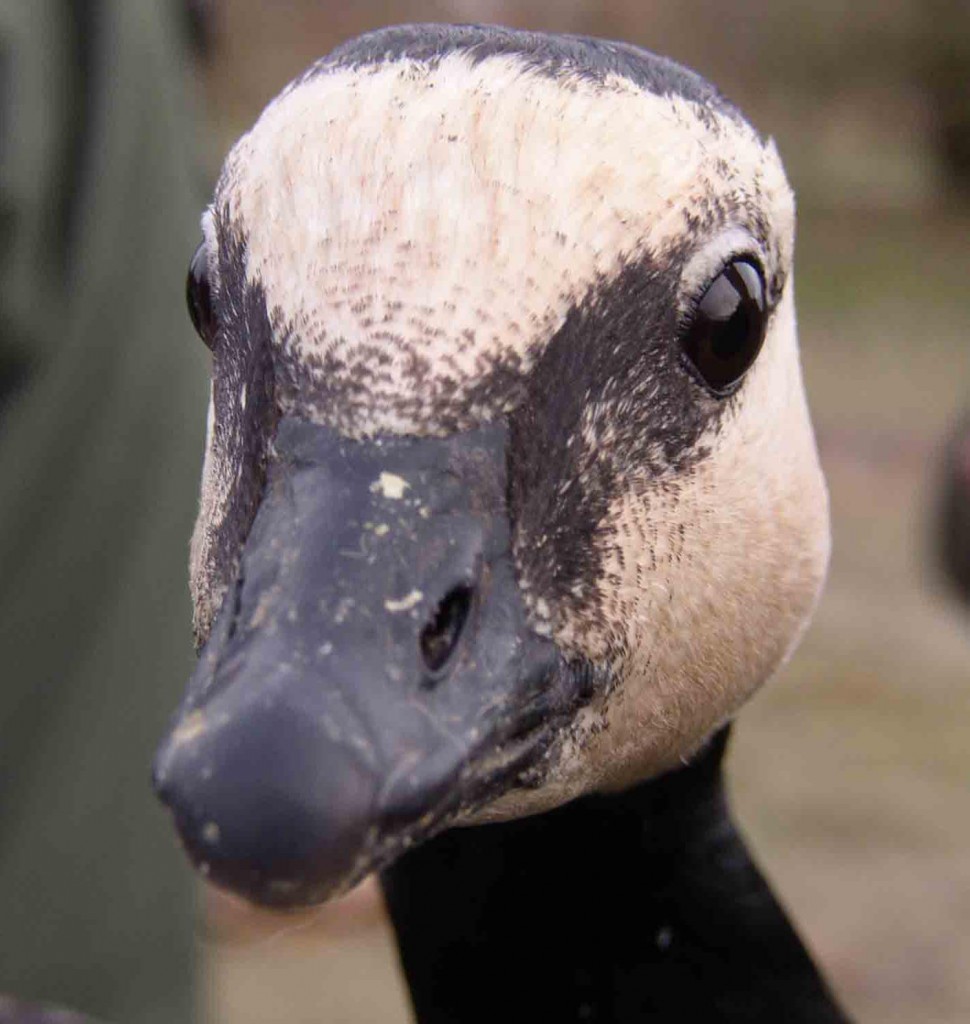
Recently, keen eyed observers saw a Barnacle Goose on the Solway with the orange ring 'ANS'. Incredibly, this bird was ringed at a WWT catch on Newfield Farm beside WWT Caerlaverock on 2nd November 1999. When caught, it already had a yellow coded leg ring on it from a previous WWT catch in Svalbard from way back on 28th July 1986 when the bird had been rounded up at a moult catch as a flightless adult male and so could have hatched out in at least July 1984 now making it at least 30 years and 4 months old, maybe even older. We have noted a couple of birds up to 28 years old before but this one breaks through the 30 year barrier and is probably the oldest Barnacle Goose yet recorded in the world.
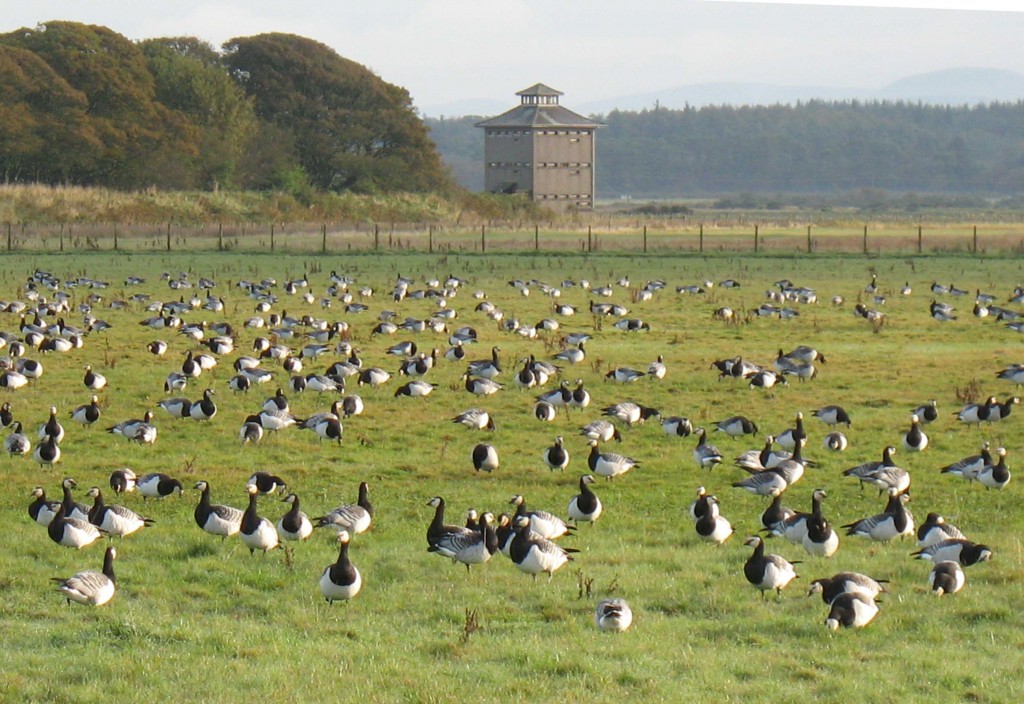
The seasonal migration from Svalbard to the Solway and back is about 2,000 miles so those 60 flights in Spring and Autumn would add up to some 120,000 miles, almost 5 times the circumference of the Earth. An amazing accumulation of air miles that doesn’t even take into account the daily flights made by the bird. Watching the recent film of young Barnacle Geese plummeting hundreds of feet from cliff nests on the BBC series Life Story at only 2 days old was a heart in the mouth experience, but then to think that they can survive that and 30 years of huge migrations in all weathers gives us a new respect for these amazing birds.
WWT Caerlaverock is open every day from 10am to 5pm, except Christmas Day, providing an excellent opportunity to see the Barnacle Geese from the specially designed observatories, hides and towers.
